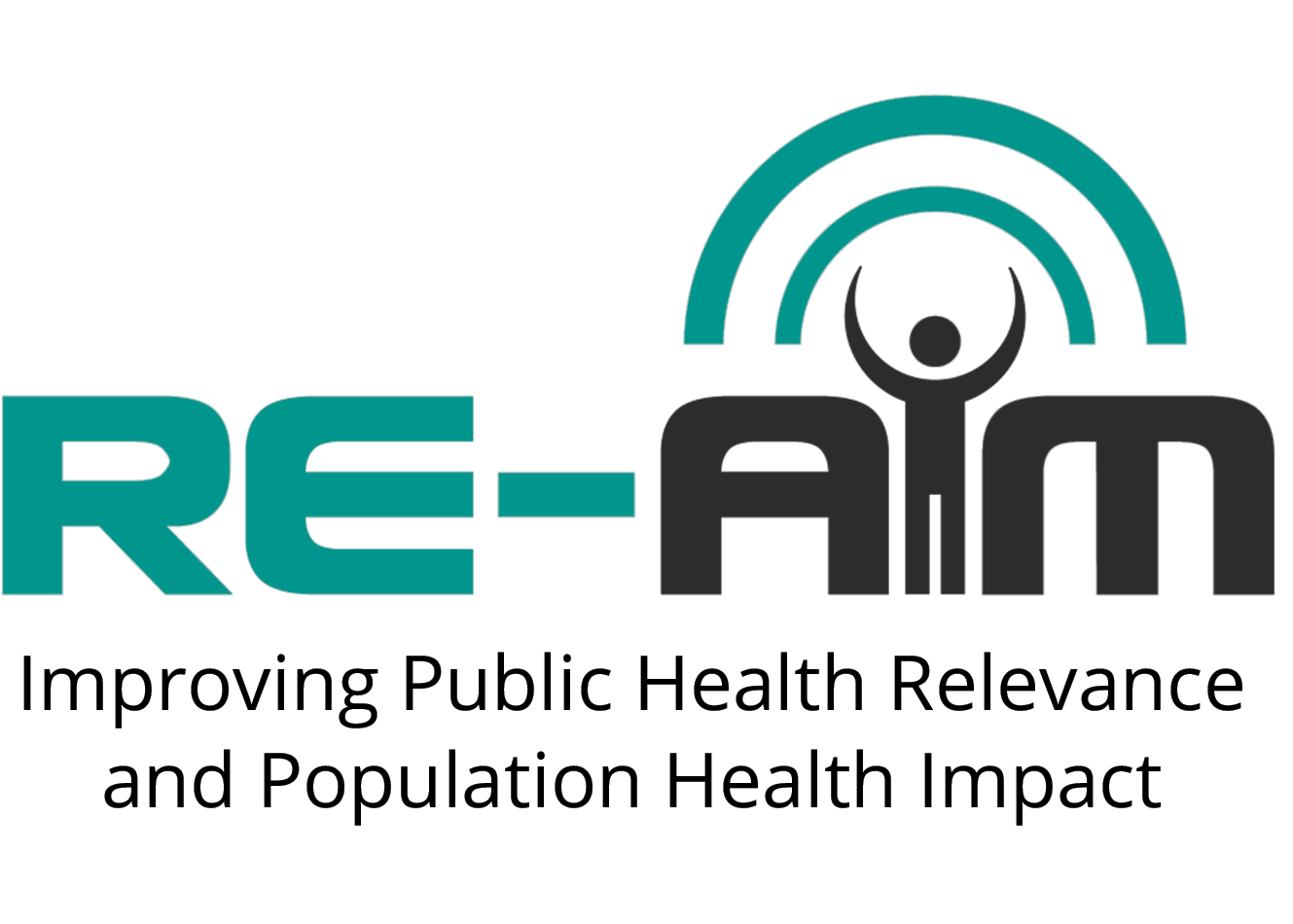EFFECTIVENESS/EFFICACY of Health Behavior Interventions
Definition: The impact of an intervention on important individual outcomes, including potential negative effects, and broader impact including quality of life and economic outcomes; and variability across subgroups( generalizability or heterogeneity of effects).
Research Issue:
Is effectiveness important? Do we have information on negative or unintended consequences of our interventions? Determining the efficacy or effectiveness of a given intervention is critically important because if an intervention is not minimally efficacious or effective, at the very least, then the issue of evaluating the reach of the intervention becomes moot. Within the RE-AIM framework, efficacy or effectiveness is measured at the level of the individual and is reflective of the success of an intervention when implemented as per intervention guidelines under optimal conditions or in real-world situations, respectively.
When reporting on efficacy or effectiveness, it is also important to document the possible negative or unintended consequences of the intervention on quality of life and related factors. Unfortunately, recent reviews of the literature consistently indicate that few studies evaluate potential negative or iatrogenic impacts of intervention.
The efficacy or effectiveness of an intervention can be determined using experimental or quasi-experimental methods. The critical factor that is necessary is a method that can be used to determine a change of behavior (or maintenance in already active individuals) as a result of the intervention. As such, tests of efficacy or effectiveness can be conducted using prospective study designs with comparison groups or pre-post testing (although the strength of conclusions varies with the scientific rigor of the test).
The determination of efficacy or effectiveness of an intervention is often completed by examining the effect size associated with a given intervention and specified outcomes (e.g., physical activity adherence, health-related quality of life).
Example of EFFECTIVENESS/EFFICACY from the literature:
The Healthy Youth Places (HYP) intervention targeted increased fruit and vegetable consumption (FV) and physical activity (PA) through building the environmental change skills and efficacy of adults and youth (Dzewaltowski, et al 2009). HYP included group training for adult school site leaders, environmental change skill curriculum, and youth-led FV and PA environment change teams. Sixteen schools were randomized to either implement the HYP program or not. Participants (N =1,582) were assessed on FV and PA and hypothesized HYP program mediators (e.g., proxy efficacy) at the end of sixth grade (baseline), seventh grade (Postintervention Year 1), and eighth grade (Postintervention Year 2). After intervention, HYP schools did not change in FV but did significantly change in PA compared to control schools. Proxy efficacy to influence school PA environments mediated the program effects. Building the skills and efficacy of adults and youth to lead school environmental change may be an effective method to promote youth PA.
Ready to use RE-AIM in planning, implementing, or evaluating?
